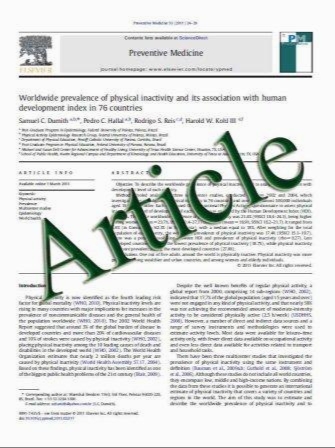Systematic survey of discrepancy rates in an international teleradiology service
- نوع فایل : کتاب
- زبان : انگلیسی
- مؤلف : Anjali Agrawal & Anurag Agrawal & Meenakshi Pandit & Arjun Kalyanpur
- چاپ و سال / کشور: 2010
Description
International teleradiology services (ITS) to the United States are based on the principle of deploying American board-certified radiologists across global time zones to optimally distribute the workload. While errors may be reduced by circumventing the traditional night call, there is limited evidence on the actual error rates of teleradiology groups. We have a comprehensive quality assurance (QA) process in our practice, which includes a review of discrepancies between preliminary reports and the final reports by the on-site radiologists. We analyzed the discrepancy QA data to determine the error rates. Archived QA data for 126,449 cases over a period of 1 year (2008) were analyzed for the discrepancy rate, nature of errors, and possible contributory factors. The scores ranged from 0 (no error) to 5 (clinically significant in the acute setting) based on the level of clinical significance. A novel modified Lorenz plot was used to estimate the degree of underreporting and to estimate the true error rate. An internal review of 200 cases was performed to validate the findings. Of the total, there was a total of 227 confirmed errors (0.18%, 95% CI, 0.16 to 0.20). Of these, the majority were levels 2 and 3 (minor error and error of longterm significance but not in the acute setting). Even after correction for underreporting, error rates were less than 1% for clinically significant errors. ITS is associated with very low rates of clinically significant errors. Due to limited feedback, particularly for minor errors, an internal review is important
Emerg Radiol (2011) 18:23–29 DOI 10.1007/s10140-010-0899-2 Received: 18 June 2010 / Accepted: 9 August 2010 / Published online: 25 August 2010


